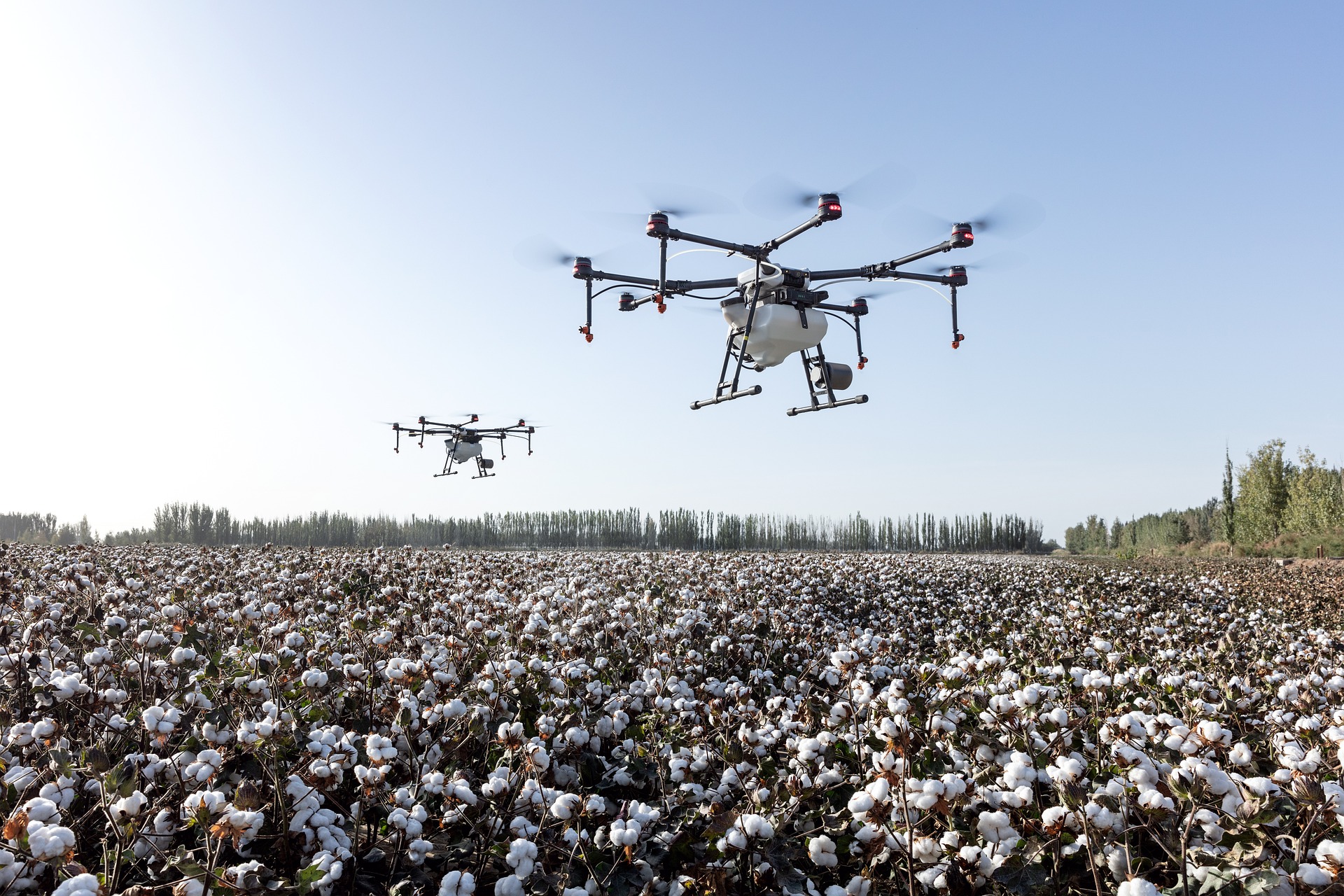Reinventing the Wheel: The Evolution of Drone Legislation in the U.S.
It's a bird! It's a plane! No, it's a drone. The rapid growth of drone technology has necessitated a new wave of legislation in the United States. This article explores the evolving legal landscape surrounding drone usage. Read below to understand how drone legislation is shaping up, and what it means for citizens and businesses alike.
The Dawn of Drones: A Regulatory Overview
Drones, also known as unmanned aerial vehicles (UAVs), have ushered in a new era of possibilities and challenges. Initially used for military purposes, drones have now found applications in various sectors including agriculture, delivery services, and recreational use. The Federal Aviation Administration (FAA) is the primary regulatory authority for drones in the U.S., and has been developing regulations to manage this booming industry. The FAA’s rules currently require drone operators to register their drones, restrict drone flights to certain altitudes and areas, and enforce operator certification for commercial usage.
The FAA’s Approach: Balancing Safety and Innovation
The FAA’s primary concern is to ensure safety in the national airspace. However, they also recognize the need to foster innovation and the economic potential of the drone industry. This balance is reflected in the FAA’s regulations. For instance, the FAA’s Part 107 rules, implemented in 2016, opened the door for commercial drone use within specific boundaries, such as daylight operation, visual line-of-sight rules, and restrictions on flights over people. The rules also laid out requirements for remote pilot certification.
State and Local Laws: A Patchwork of Regulations
While the FAA governs the national airspace, state and local governments also have a role to play in drone regulation. Many states have enacted laws addressing privacy concerns, harassment, and trespassing. However, this has resulted in a patchwork of laws across the country, leading to challenges for drone operators who need to navigate differing regulations across state lines. The need for uniformity and clarity in drone laws is apparent.
Emerging Legal Issues: Privacy and Property Rights
Drones have raised new legal questions around privacy and property rights. For example, can a drone legally fly over your backyard? What if it captures images or video of you without your consent? Courts are grappling with these issues, and the legal landscape is evolving. There have been calls for clearer laws to protect privacy and property rights in the age of drones, and for a comprehensive national privacy framework.
Future Outlook: The Sky’s the Limit
Looking ahead, the drone industry is expected to continue growing rapidly, and with it, the need for comprehensive and balanced regulation. The FAA is currently working on new rules to allow drones to fly over people and at night, and to enable package delivery by drones. As drone technology continues to develop, so too will the laws and regulations that govern their use.
Useful Tips and Facts: - Always check the local and state laws before operating a drone. - Register your drone with the FAA, even if it’s for recreational use. - Stay updated with the FAA’s evolving drone regulations.
The evolution of drone legislation is a complex, ongoing process. As we continue to explore the possibilities of this technology, we must also navigate the legal challenges it presents. The path forward will require a balance of safety, privacy, innovation, and economic growth. Indeed, in the world of drone legislation, we are truly reinventing the wheel - or in this case, the propeller.





